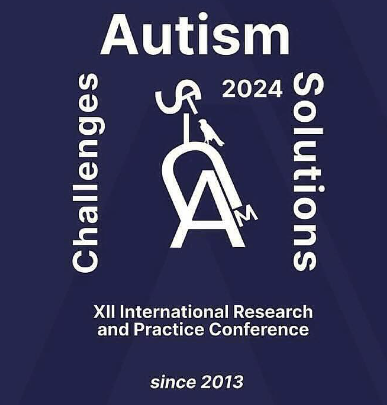7P medicine as a new healthcare model in the context of management and treatment of children with ASD and other neurodevelopmental disorders
Published 2024-07-05
Keywords
- autism spectrum disorders (ASD),
- diagnosis,
- health care,
- scientific research diagnosis,
- scientific research
How to Cite
Abstract
Background: A significant increase in the prevalence of autism spectrum disorders (ASD) all over the world dictates the need to search for modern and effective methods of prevention, diagnosis and health care for such patients. At the same time, the results of numerous biomedical research in the field of autism are not reflected in real practical healthcare. Aims: Substantiation of a new model of health care for children with ASD. Materials and methods: The results of promising areas of autism research in the field of genetics, epigenetics, metabolomics, microbiome and multimorbidity, which marked a paradigm shift in the understanding of autism spectrum disorders, and requiring implementation in practice, are studied. Results: Based on the concept of 7P medicine (programming child development and health, preventive, predictive, personalized, participatory, multiprofessional, progressive), the necessity and possibility of implementing the results of scientific research into real clinical practice of managing children with autism are substantiated. Conclusion: The results of fundamental scientific research in the field of ASD, revealing their complex and multifaceted nature, allow us to talk about a paradigm shift in understanding this disorder Based on a new concept of medical care — 7P-medicine — the results of scientific research can be translated into real clinical practice, including diagnostic, therapeutic, preventive and rehabilitative effects on autism, as well as programming of the optimal trajectory of the cognitive-behavioral phenotype of children with neurodevelopmental disorders, including ASD.

